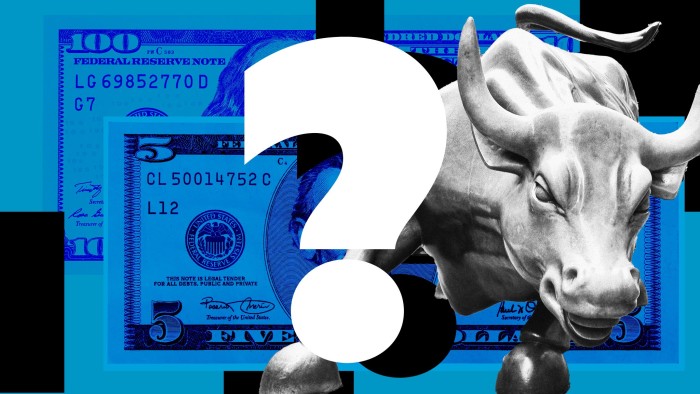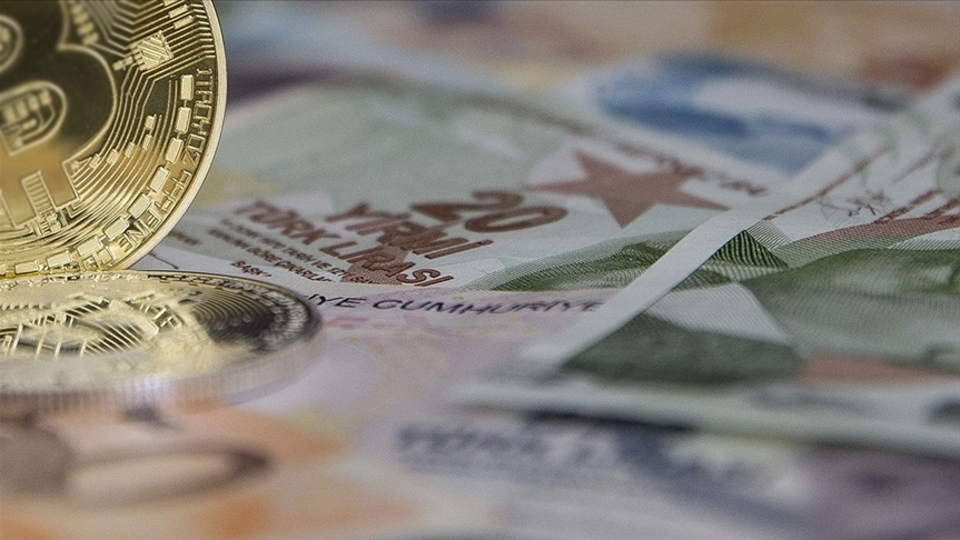The New York stock exchange ended the day on a mixed note after the US Federal Reserve (Fed) held its policy interest rate steady. Investors tried to price in both the strong second-quarter growth data coming in and cautious messages from Fed President Jerome Powell. The volatile outlook on the markets showed that global risks remain high despite the positive picture in economic data.
Wall Street Closing Figures and Sector Outlook
- Dow Jones: 44,461.28 points (-%0.38%)
- THE S&P 500: 6,362.95 points (-0.12%)
- Nasdaq Inc.: 21.129.67 points (+0.15%)
The loss in the Dow Jones index was particularly concentrated in financial and industrial stocks, while the energy sector saw selling pressure due to fluctuations in global oil prices. Nasdaq found support with strong expectations in the artificial intelligence, cloud computing and semiconductor sector. The S&P 500, on the other hand, limited its losses during the day with purchases from technology and defense stocks.
This divergence in the indices suggests that investors are simultaneously assessing the prospect of an interest rate cut and the risk of a possible recession. Long-term bond yields, in particular, stabilized at 3.87%, while the VIX index rose to 18, signaling increased volatility in the markets.
Fed Decision: Fixed Interest Rate, Cautious Messages
The Fed, the policy rate 4.25% — 4.50 held steady in the range. The text of the decision included the following highlights:
- Inflation, over the target continues to watch and does not give a clear bearish signal in the short term.
- The labor market strong and employment growth stable Continues its course.
- Fluctuations in net exports are impacting growth, but consumer spending continues to support the economy.
- From members of the FOMC Michelle Bowman and Christopher Waller Voted 25 basis points in favor of a reduction.
President of the Fed Jerome Powell, at the press conference, he did not yet give a clear direction, although the market focused on the September meeting:
“We haven't made any decisions for September. Our decisions are driven by data, and the inflation and employment indicators to be announced in the coming period will be decisive. Our current monetary policy stance is appropriate to limit inflation risks and we also take into account vulnerabilities on the employment side.”
Powell stressed that rising tariffs are beginning to reflect on the prices of some goods, but their impact on the economy as a whole is not yet clear. This suggests that the Fed will maintain its “data dependent” approach in the coming period.
The US Economy Is Above Expectations
The US economy in the second quarter of 2025 %3 growing, exceeding market expectations. Growth was powered by a decrease in imports and an increase in consumer spending. But the weakening in investments and exports has drawn attention.
- GDP (Q2 2025): 3% (Expectation: 2.5%)
- ADP Private Sector Employment (July): +104 thousand (Expectation: 90 thousand)
- While the service sector drove growth, weakening signals were received in the manufacturing industry.
- Household consumption remained strong, especially in the retail and e-commerce segments.
Analysts say the US economy is holding back thanks to strong consumer spending, but the slowdown in exports and investment could put pressure on growth in the second half of the year.
Trade Tensions and Global Impact
On the global trade front, the President of the United States Donald Trump's new tariffs shook up the agenda:
- From August 1 due to energy imports from India, Russia and China 25% additional tariff will be faced with.
- Tariffs applied to Brazil From 10% to 50% removed.
- New tariffs could lead to price fluctuations in energy and agricultural products.
These decisions could create a new wave of volatility in global supply chains and commodity prices. Oil and soybean prices in particular are expected to enter an upward trend in the coming weeks.
Investor Perspective
The Fed's cautious stance and strong macroeconomic data set are causing investors to reconsider their strategies:
- In the short term, technology and defense stocks may stand out despite economic uncertainties.
- Volatility is expected to increase in energy and agricultural commodities with new tariffs.
- US 10-year bond yields are stabilizing at 3.87%, while the risk-aversion trend is strengthening slightly.
- The rise in the VIX index indicates that investors expect more volatility in the period ahead.
⚖️ Yasal Uyarı:Bu içerik yatırım tavsiyesi niteliği taşımaz. Yatırımlarınızla ilgili kararlarınızı kendi araştırmalarınız ve risk profilinize göre almanız önerilir.
Fed rate decision 2025, US GDP Q2, Powell statements, Wall Street closing, trade wars, VIX index, US employment data fed data what will happen now




















.png)